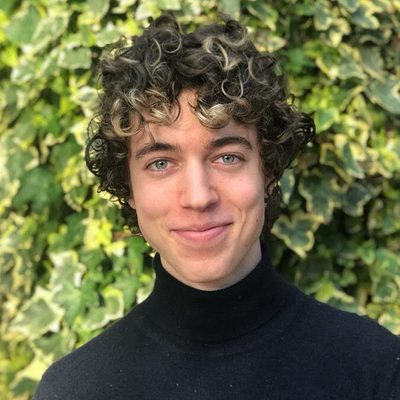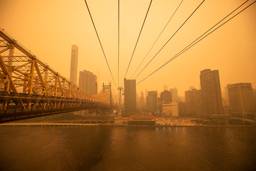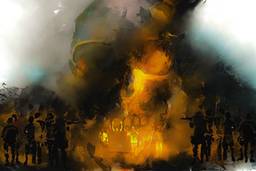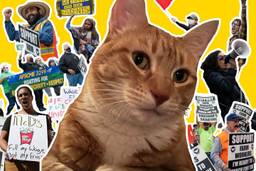A Community Archive Documents Decades of Radical Activism Against Police Brutality
A look at Interference Archive’s “Defend / Defund” exhibit.
Rohan Montgomery
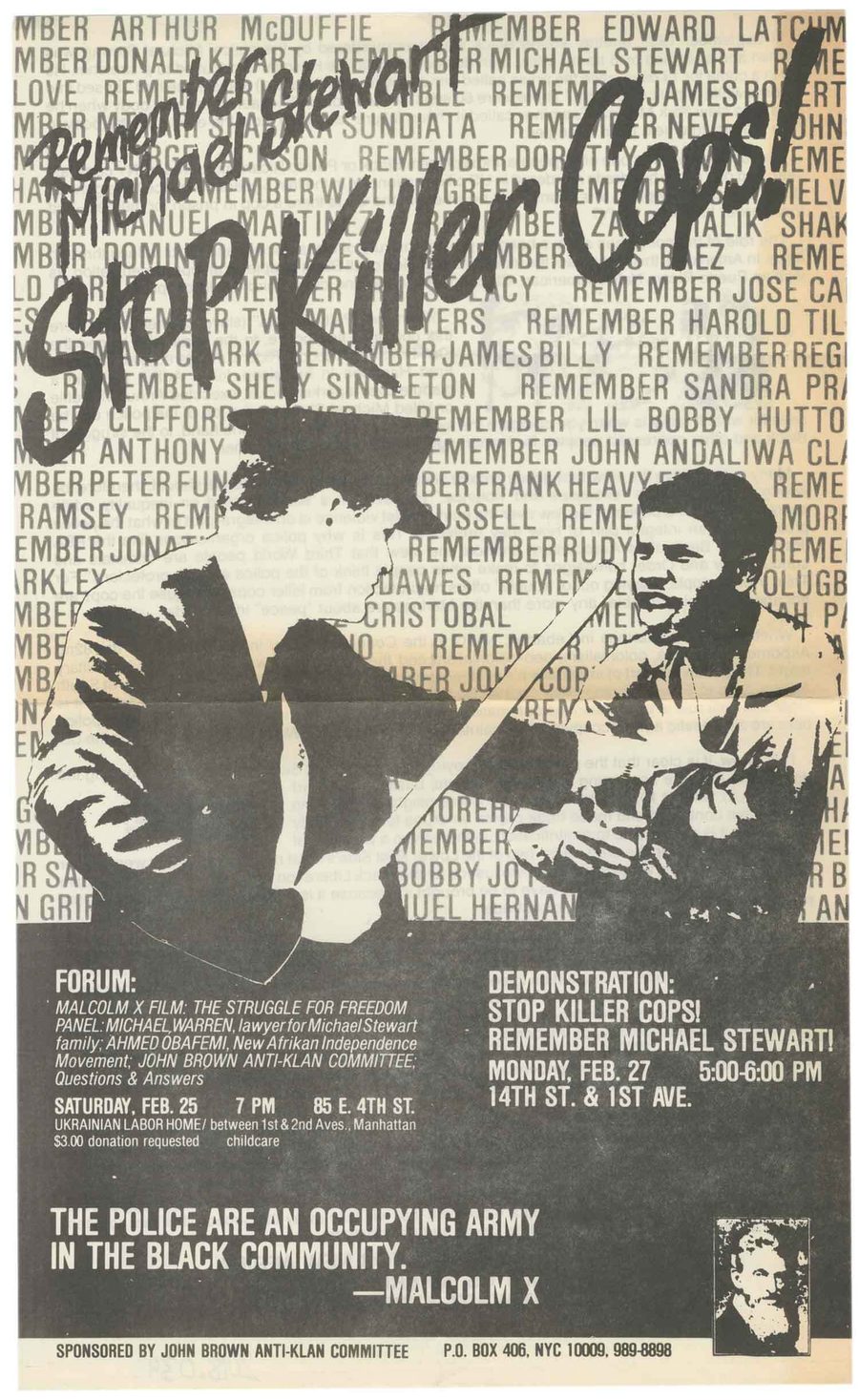
Tucked away in Park Slope, Brooklyn, since 2011, Interference Archive tells the stories of people imagining and fighting for a better world in the face of hostile power structures. Pulling from decades of American social movements, the archive’s materials often reveal deeply intimate insights into long-gone individuals, groups and subcultures — some of which can be found nowhere else. Run entirely by volunteers, it started with the personal collections of Dara Greenwald and Josh MacPhee, along with two other cofounders, Kevin Caplicki and Molly Fair.
Interference Archive self-consciously attempts to preserve and promote forgotten or marginalized histories through its events, books, podcast (called Audio Interference) and exhibitions. Volunteers at the open-access archive have poured hundreds of hours into compiling shows on climate justice, student organizing and cooperative housing, to name just a few. The archive’s most recent exhibition, open until January 29, is Defend / Defund, which explores police brutality.
Visitors move through time as they wander down the archive space. Here, revolutionary Black groups come together in the 1960s; there, pamphlets from the queer liberation movements of the 1980s wait to be read; in the back, bright prints from the movements of the 2000s offer a new perspective. The material is spread throughout the stacks to encourage visitors to pause and deeply explore.
At one point, for example, I found a box full of badges produced by radical abolitionists, reading free Farouk, free Assata Shakur, free Geronimo, Angela, Mumia, Bradley Manning, the Atmore-Holman Brothers, the San Francisco Eight — all seeking justice for victims of police brutality and the prison pipeline over decades and decades. The seemingly cyclical nature of the attempts at reform were at once depressing but also enthralling: Despite the almost-unbelievable oppression people faced, they found creativity and determination, ways to come together.
That’s one crucial lesson the exhibit — and the archive as a whole — aims to spread and even foment. “Personally, I think about the work of archiving in this space in the same way that I think about the work of organizing and building a movement, which is all about relationship building,” says Jen Hoyer, one of the creators of Defend / Defund. “The material that is at Interference Archive is largely there because of relationships that have been built over time, folks who trust that we will care for their material — and we don’t take that lightly.”
In These Times spoke with Jen and another co-creator of Defend / Defund, Brooke Darrah Shuman, to discuss the defund movement, how archives contribute to activism and how we can turn to history to gain inspiration for present-day struggles.
Rohan Montgomery: How do exhibits like Defend / Defund change the conversation around police brutality?
Brooke Darrah Shuman: When we were working on this exhibit in particular, one of the things we thought about was backlash from the press, from politicians; the way that the cops are politically organized through their unions; the way the media repeatedly props up the same narratives that come from the cops. The exhibition attempts to interrupt the backlash to say, “Look, this has historical precedent. The cops have an agenda. They’re very well organized and they won’t take any amount of resistance.” That’s what I learned from this exhibition; they don’t even tolerate what most people would call liberal reforms, like defunding surveillance technologies or banning chokeholds or other deadly uses of force.
Jen Hoyer: We are not changing an entire narrative by ourselves — there are so many other things happening right now, people writing about police brutality, people having conversations and running workshops. This is one more little nudge to help push the momentum forward.
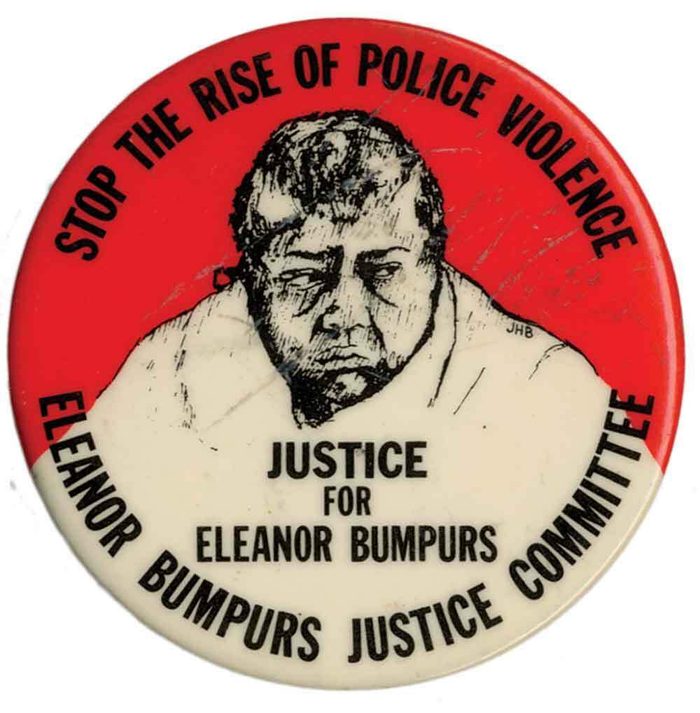
How did you decide which parts to prioritize for the exhibit?
Jen: There were totally things that we argued about. I feel like we each pitched the hill we were going to die on — like, “This has to make it in!” We wanted to focus on families organizing, defunding and demilitarizing the police. We also wanted to focus on tactics, which is why we have a section that’s all about the impact of riots and mass civil unrest.
One thing that we were very intentional about with this exhibit, in terms of acquiring new material, is that we thought about what other voices needed to be present. Then we interviewed those people, such as Mariame Kaba; Dread Scott, who is an artist and activist who worked with the October 22 Coalition in the 1990s and 2000s; and Joshua Myers, a professor at Howard University who writes about the Black student movement in the 90s. Those interviews are included in the exhibit. We wanted to make sure it was not just us telling the story.
Brooke: We knew that we wanted to include self-defense from the Black Panthers and the Young Lords. We definitely wanted to focus first and foremost on the Black experience and people that were working as allies. There was a period where we were going to talk about the surveillance state more broadly: about immigration, ICE, the war on terror, the school-to-prison pipeline and specifically youth organizing. Ultimately, we didn’t end up touching on all that.
Jen: I was the one who proposed dropping the bulk of the prison-organizing narrative. That was a hard decision, but my perspective was that if we’re going to get folks to focus on this history — organizing against police brutality — having this whole piece about prisons is so big, it becomes this distraction.
Brooke: For instance, the section on abolitionist organizing in the 90s and 2000s is primarily about decarceration and prison abolition, rather than the abolition of the police. That’s where a lot of the energy was going among queer feminist Black organizers.
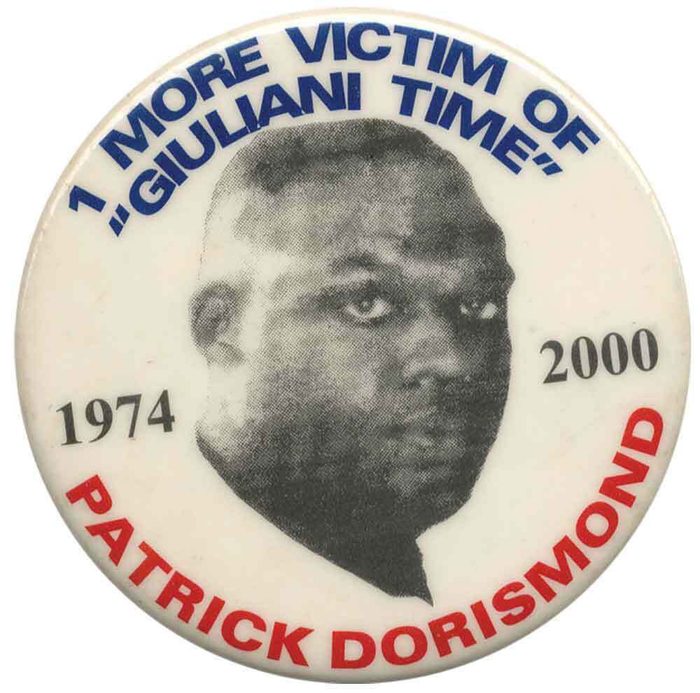
The public conversations around defund have shifted over the years, and I’m thinking specifically about the liberal idea that we need to be civil and reasonable. Is that a shift you’ve noticed?
Brooke: I feel that would be a question for a historian. But the groups that we’re covering from after the 1990s are not as militantly organizing against the state. They are abolitionist and radical, but maybe less militant. Angela Davis worked with Critical Resistance, which did a lot of the decarceration and prison abolition work in the 1990s and 2000s and still today. She comes out of a militant background with the Panthers. But I think that there was a shift, and you see decreased militancy because the state repressed so much of it. I don’t think this is true across Left movements, but I think that in this space of anti-police and anti-prison work, it might be less militant because of the state repression that basically crushed Black leftist movements in the 1970s. I mean, it’s not an exaggeration to say that almost everyone was imprisoned or assassinated.
We approached Joshua Myers to assist with the exhibit because he wrote about Black Nia F.O.R.C.E., which was a student movement out of Howard University and led student protests on the East Coast during the Rodney King acquittal and riots. He has recorded that history because he got the personal papers and had personal relationships with the women that created that group. Those groups aren’t well documented because some of them had to use subterfuge to make sure they weren’t getting surveilled. That group in particular was working with a lot of prominent hip-hop artists at the time. They were doing security for Public Enemy. But you don’t read a lot about them because they probably didn’t want to be on the radar. That’s the conclusion I’ve come to, having worked on this project.
I admit that, at one point in the exhibit, I struggled with some cynicism, because it felt like I was seeing the dread of the same things over and over. Like, “Free this person, free that person…” How did you retain the sense of hope necessary to inspire people to break this cyclical history?
Jen: I remember, in 2020, I showed an exhibit about student organizing to a group of students, and I was really worried that it was a bit of a downer — you know, showing students fighting so hard for things that they still haven’t gotten after 50, 60 years. This one student said to me, “Thank you so much for putting this exhibit together. It shows me that we’re not alone.” I think that we get that power out of any of these historical narratives, right? We realize that we’re not alone and there are people who are working across time and space with us. Sharing strategies, sharing ideas, and having all of this together in a new exhibit is a way to give access to those ideas and people and communities that otherwise — because of time and space — we don’t have access to.
Brooke: It’s hard to see the faces of victims through the decades and the families of victims that were at these rallies, calling for reform. There was a lot of heartbreak and suffering around the deaths of these individuals, and then not a lot of change. I actually live near the Gowanus Houses, a housing project with a park named after Nicholas Heyward Jr., who was a little boy that was shot by the cops in the 1990s for having a toy gun. That is still happening today. They named this nice park after him, but what progress has been made?
I do feel like some of the conversations have changed. There wasn’t as much organizing or many institutions that would support women of color or sex workers, for instance. It’s almost like the movement has become more inclusive and has a greater imagination.
Jen: I think that’s true. One thing that does stand out to me is the way the folks who do Cop Watch work have really mainstreamed the idea that it’s our right, as citizens, to film the cops on our phones and share that information. That kind of documentation was not the norm. If you read Dennis Flores’ 2021 interview within the exhibit, you realize how far we’ve come. There was a time when creating and sharing that kind of material was definitely dangerous. It’s still dangerous, but it’s a much more mainstream norm to do it.
Some of the groups in the exhibit use language or hold views that would be considered unacceptable today — a lot of machismo, misogyny, and so on. How do you approach this conflict when curating?
Brooke: It’s weird, because sometimes when you engage with that material, you can go into it assuming that they were regressive on certain ideas, and then actually you find they were more radical than people are today. When we talked to Joshua Myers about the older generation of organizers that had come up in the 1990s, like Ras Baraka, the mayor of Newark who was part of Black Nia F.O.R.C.E., we asked why they opposed the slogan “defund the police” in 2020. He said, “Well, they might be opposed to the phrase, but when you look at the organizing that they were doing, they had their own ways within their spaces to do transformative justice, to do harm reduction and to deal with violence — ways we might call abolition today, but they weren’t using those words.” That said, you do come across stuff that’s offensive and there are many problematic individuals in our archive.
Jen: History is complicated. People are complicated.
What were some of the other issues you had to navigate for this exhibit?
Brooke: The imagery can be very offensive. It can be a little explosive. For instance, we have a whole wall of imagery from Emory Douglas, the propagandist for the Black Panthers, of cops as pigs. He basically popularized that imagery. I mean, honestly, we were worried about the police when we were putting this on. Some of our New York City council members — like Tiffany Cabán—have recently been targeted by the cops and by, I think, a white nationalist organization. Cabanput out a public safety plan that didn’t involve increasing the police budget, and she’s been targeted online and in person over and over.
Jen: There have been some real changes in the last few years over what kind of imagery is seen as acceptable. We took something out before the show opened, because it included the body of a person of color who had been killed by the police. I think there’s a real understanding that that’s not the kind of imagery we want to be perpetuating in the media. It really causes a lot of trauma. That’s a huge shift from the 1970s, the 1980s, when a lot of that imagery was included.
I definitely think a lot about how we present this history in a responsible way, without sanitizing it. We did still include a lot of these things, but some of them were not critical to have. Also, someone can still come to the archive and find those things and look at them. But let’s be thoughtful about how much trauma we’re causing. There’s also material that includes words that the movements used to describe themselves years ago that are not OK to use anymore especially when it comes to gender and sexuality.
Brooke: There was a decent amount of violent imagery in the art and I think you see a shift as you get into the queer and feminist abolitionist groups in the 1990s and 2000s. The colors are brighter. There’s less imagery of people being brutalized.

One thing I found really interesting about the exhibit and Interference Archive in general is that it’s directed by movement participants.
Brooke: I think everyone at the archive is involved in activism in different capacities. For example, people involved in creating the archive were also involved with Occupy in 2012.
Jen: Everybody thinks the archive came out of Occupy, but it was actually like six months earlier. But there is a lot of crossover between Occuprint, a group of artists within Occupy, and the archive.
How does that activism balance out with the traditional idea of “objectivity” in historical archives?
Jen: Fundamentally, I think that historical objectivity is a myth. The Interference Archive makes it clear that there’s nothing objective about an archive, about doing history. Libraries and archives especially really tried to perpetuate this idea that they can be neutral, but there is never a single neutral decision that is made in a library or archive — even down to who we order our processing supplies from. Are we ordering from the supplier that creates really good packing tape, but actively lobbies the government to defund the arts? Or are we paying more for packing tape from a locally owned mom-and-pop art store? Literally every decision we make is political. Other spaces don’t want to acknowledge that, but it’s real.
Even if someone comes in and says to me, “Where should I start?” Me pointing them toward one box, just because it’s my favorite — that may not be intentionally political, but it’s still a political move.
And what’s coming up for Interference Archive?
Brooke: We have an exhibition coming up on Feminist Occupations and our working groups are always doing new projects.
Rohan Montgomery is a former fact-checker and intern at In These Times. He previously worked for The New Republic, and his work has also appeared in the BBC. He tweets @RohanMontroro.
